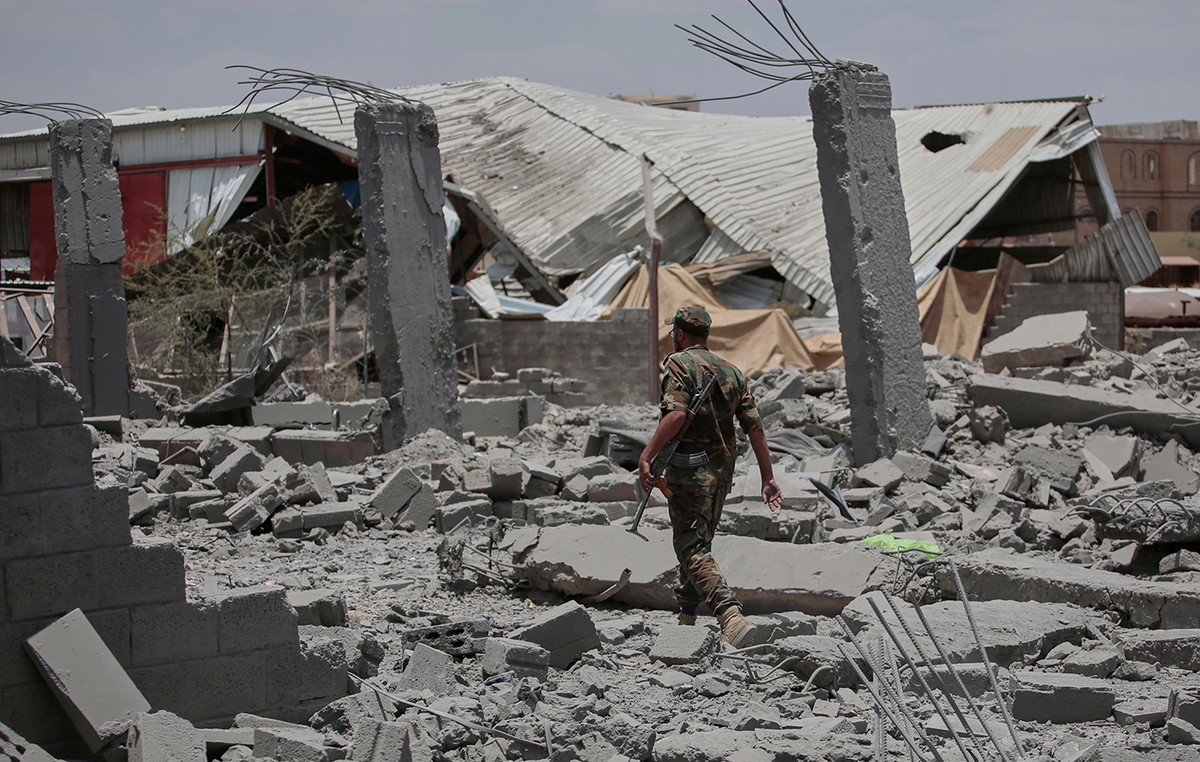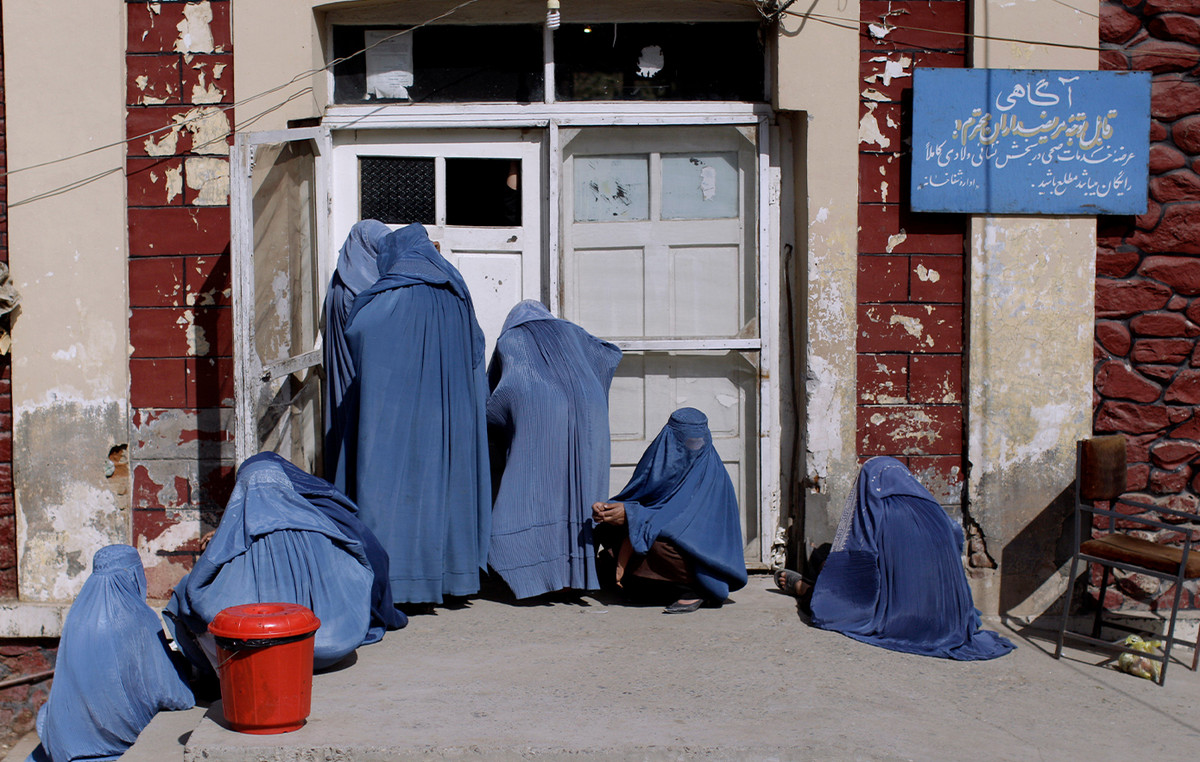Breast volume of women with cancer undergoing conservative radiotherapy surgery reduces approximately 20% by one year – and continues to decrease over five years. The conclusion is from a study published in the April issue of the scientific journal Plastic and Reconstructive Surgery, a journal of the American Association of Plastic Surgeons.
Conservative surgery for breast tumor removal represents a fundamental stage of treatment, especially in the early stages of the disease. Until the 1980s, the standard procedure was to perform the mastectomy, which consists of the complete removal of the breast. However, from this period, several studies have shown that the removal of only part of the breast (conservative surgery) offered cure rates similar to mastectomy, provided it was accompanied by radiotherapy.
This is because, even with the partial removal of breast tissue, they could still remain microscopic outbreaks of the tumor – and radiotherapy has precisely the function of eliminating these residual cells.
In the last 40 years, conservative surgery has undergone advances. In the past, it was common to remove an entire breast quadrant (about a quarter of its volume), which often resulted in significant deformities. Over time, however, experts realized that it was not necessary to remove so much tissue: the tumor resection with a minimum margin around was enough to ensure cancer safety.
“Nowadays, we no longer perform quadrants, but segmental resections,” explains mastologist Danielle Martin Matsumoto of Israeli Hospital Albert Einstein. “We also evolved a lot in the surgical techniques of breast, seeking minimal aesthetic defects, so that at the end of surgery, the breasts look very similar.”
What the study says
You researchers They measured changes in breast volume in 113 patients who underwent conservative surgery associated with radiotherapy to treat early -stage breast cancer between 2005 and 2023. Nodules mediate less than 2 cm. The measurements were done using mammograms obtained before and after surgery, and up to five years later.
Women lost 8.3% of breast volume during surgery. After a year, the average decline in breast volume was 19.3%, progressing to about 26.6% in five years. According to the authors, the atrophy and irradiated breast fibrosis were known adverse effects, but it was not exactly known what the extension was and how long they continued.
The work also points out that women with larger breasts and relatively smaller tumor volumes (measuring less than 10% of breast volume) had a higher breast shrink: 29.5% compared to 21.7% for those with smaller breasts. Other factors associated with greater volume loss included smoking, diabetes and receiving chemotherapy as well as radiotherapy.
Expected effects
According to radio-oncologist Juliana Karassawa Helito, also from Einstein, the expected effects after breast radiotherapy are mainly radioMitis (skin irritation that can manifest as redness), itching or local burning.
“This manifestation is common and happens during the radiotherapy course or may occur after a few weeks after the end of treatment. In addition, some women have breast swelling and local pain. Late decreased breast volume decreases and it becomes firmer when compared to the other undressed breast,” explains Helito.
Although these are known effects, the radio-oncologist considers that understanding these effects is important. “The exposure of these rates [de redução mamária] It is interesting and very useful for tracing the therapeutic plane of these women, as plastic surgeons and mastologists could predict the best approach even before starting radiotherapy, ”says the expert.
The difference in loss between women with larger breasts compared to those with smaller breasts is also related to how radiotherapy acts in different breast constitutions. In the case of bulky, there is generally a greater presence of greasy tissue and blood vessels, which can influence the effects of treatment.
“The breast is formed by a glandular part and a ‘filling’ tissue formed by fat, ligaments, support tissues, nerves and blood vessels. The effects of radiation tend to be different on the glandular breast tissue and this support tissue,” explains Matsumoto.
Corrective surgery
Over time, other factors other than radiotherapy also contribute to breast asymmetry. Natural aging and weight gain, for example, cause changes in the woman’s body that can accentuate this difference between the breasts.
“We always had this concern. The irradiated breast trim tends to be different, usually getting firmer and falling less than the healthy breast,” explains Matsumoto. “If, over the years, this asymmetry becomes very evident, it is possible to perform corrective surgery, reducing the contralateral breast to achieve a better aesthetic balance.”
The mastologist also points out that when the patient already has some breast asymmetry before the start of treatment, even discreet, it is important to consider the possibility of performing symmetrization surgery at the same time on cancer surgery, which can bring better aesthetic results and reduce the need for new procedures in the future.
“If the breast that is not sick is a little bigger, this asymmetry will be accentuated after radiotherapy. In practice, we talk about it with the patient and we often continue to reduce the other breast during conservative surgery, leaving the breast that will be radiated a little greater than healthy because we know it will reduce,” says the expert.
Breast Cancer: 52% of women underestimate importance of mammography
This content was originally published in why breasts change after breast cancer treatment? on the CNN Brazil website.
Source: CNN Brasil
I am an experienced journalist and writer with a career in the news industry. My focus is on covering Top News stories for World Stock Market, where I provide comprehensive analysis and commentary on markets around the world. I have expertise in writing both long-form articles and shorter pieces that deliver timely, relevant updates to readers.







